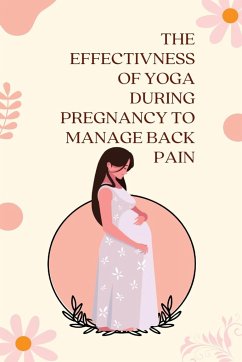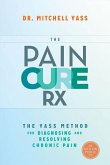Back pain (BP) is commonly experienced during pregnancy affecting approximately 50% of pregnant women (Fast et al., 1987)1.In individuals with chronic pain lasting 2 years in 10 of the patients, it is linked with substantial disease (Wu WH et al., 20042; Rost et al., 20063).The back pain has an enormous influence on life quality with significant physical and mental consequences. Pregnancy discomfort is identical to non-pregnant women's lumbar discomfort. The lumbar spine overlooks the sacrum with discomfort. Back pain may or may not extend to the foot. Tenderness over paravertebral muscles is a common feature in Back pain. In the second trimester of pregnancy, malaise in pregnant women is more common and has distinct characteristics. This demonstrates the need for preventive initiatives to improve women's quality of life with significant physical and psychological effects. Most women have some musculoskeletal pain during pregnancy and 25 percent of them suffer from transient debilitating signs. Low back pain and symphysis pubic pain are the most prevalent muscle osteoarthritis of women who have cultural and environmental influences. Lower back pain normally observed in early stages of pregnancy and gradually progresses over time. LBP is typically thought to be a typical condition during pregnancy, despite its frequency. This benign neglect may lead to a greater prevalence of obstetrical problems and cessaries during pregnancy. LBP prevalence and pathogenesis were thoroughly examined during pregnancy (Vermani et al., 2010)4.However, the definition of LBP in pregnancy remain very ambiguous, adequate diagnostic research was identified, safe pregnancy treatment choices were considered and decisions on usage of neuraxal analgesia and anesthesia during work and childbirth were made(Black et al., 20035; Vercauteren et al., 20116). In non-pregnant women, these factors tend to vary from back discomfort.







